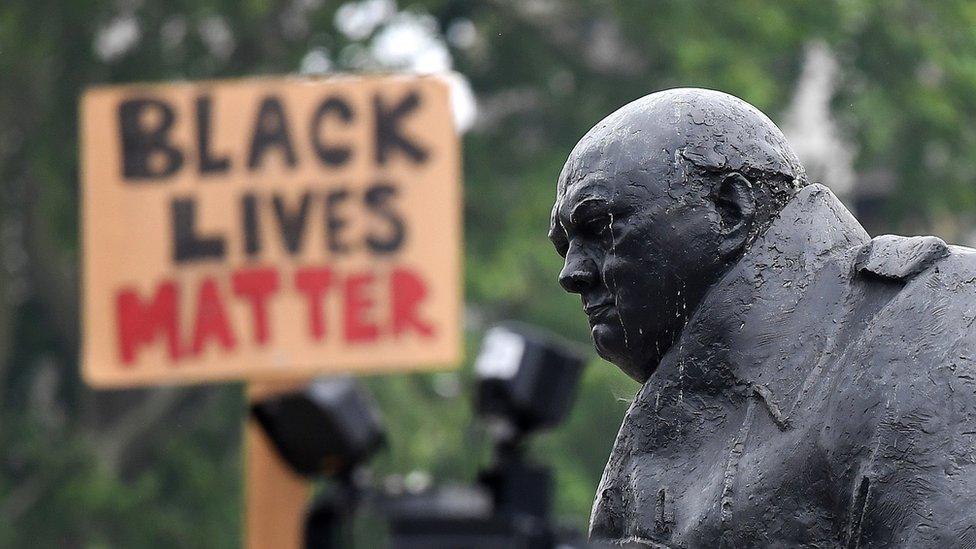Churchill still looms large 60 years on from death
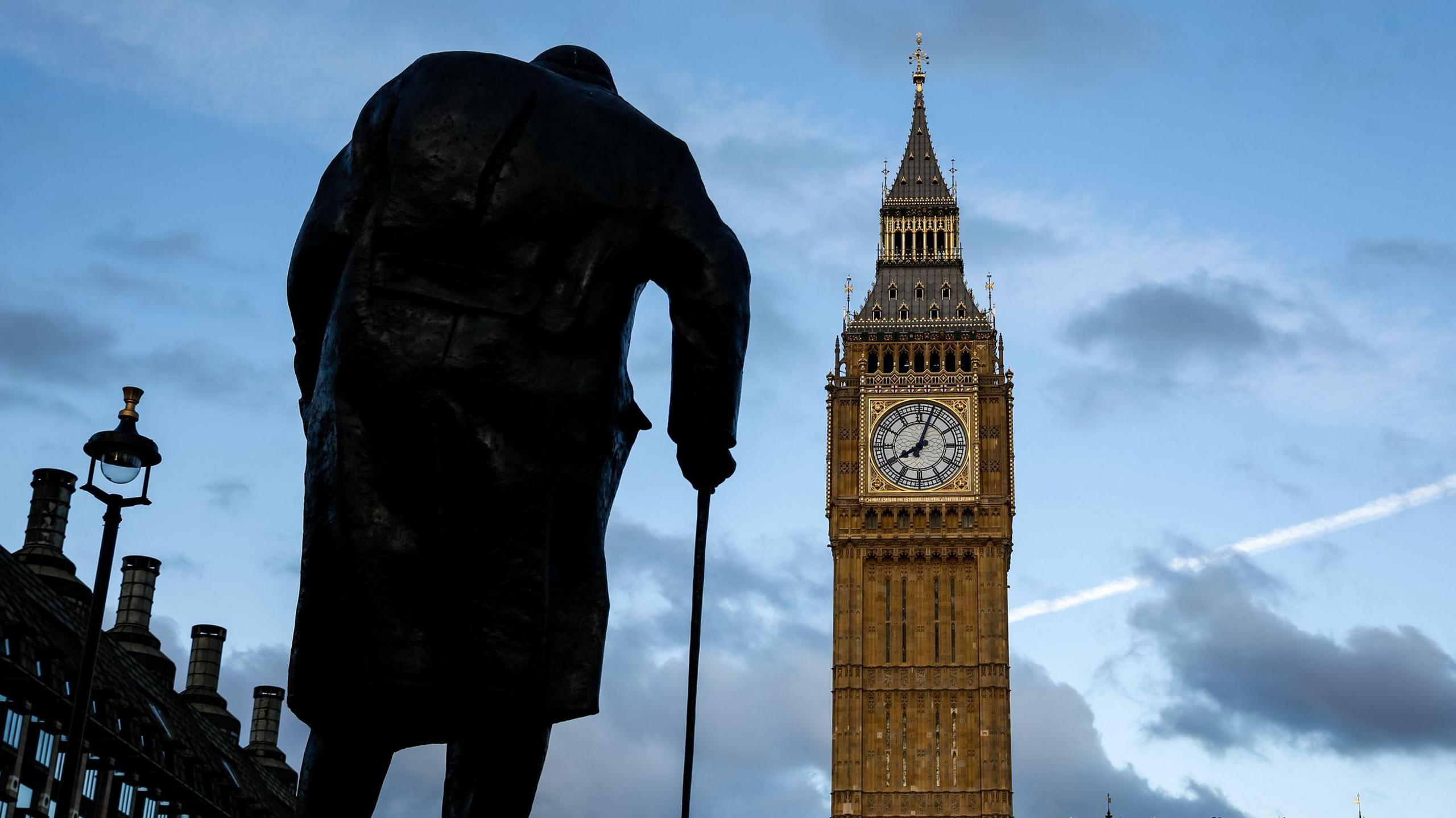
A statue of Sir Winston Churchill has overlooked the Houses of Parliament since 1974
- Published
A statue of Sir Winston Churchill stands opposite the Palace of Westminster, as if the man himself is constantly watching over the democracy he fought so hard to maintain.
It was in the House of Commons that the then prime minister told the world Britain would never surrender to the evil of Nazi Germany during the darkest days of World War Two.
Sixty years ago this week, the man voted by the British public as its greatest ever son died at the age of 90.
Britain, and the world as a whole, has changed immeasurably in those six decades - yet Sir Winston's figure still looms large over the country he left behind.
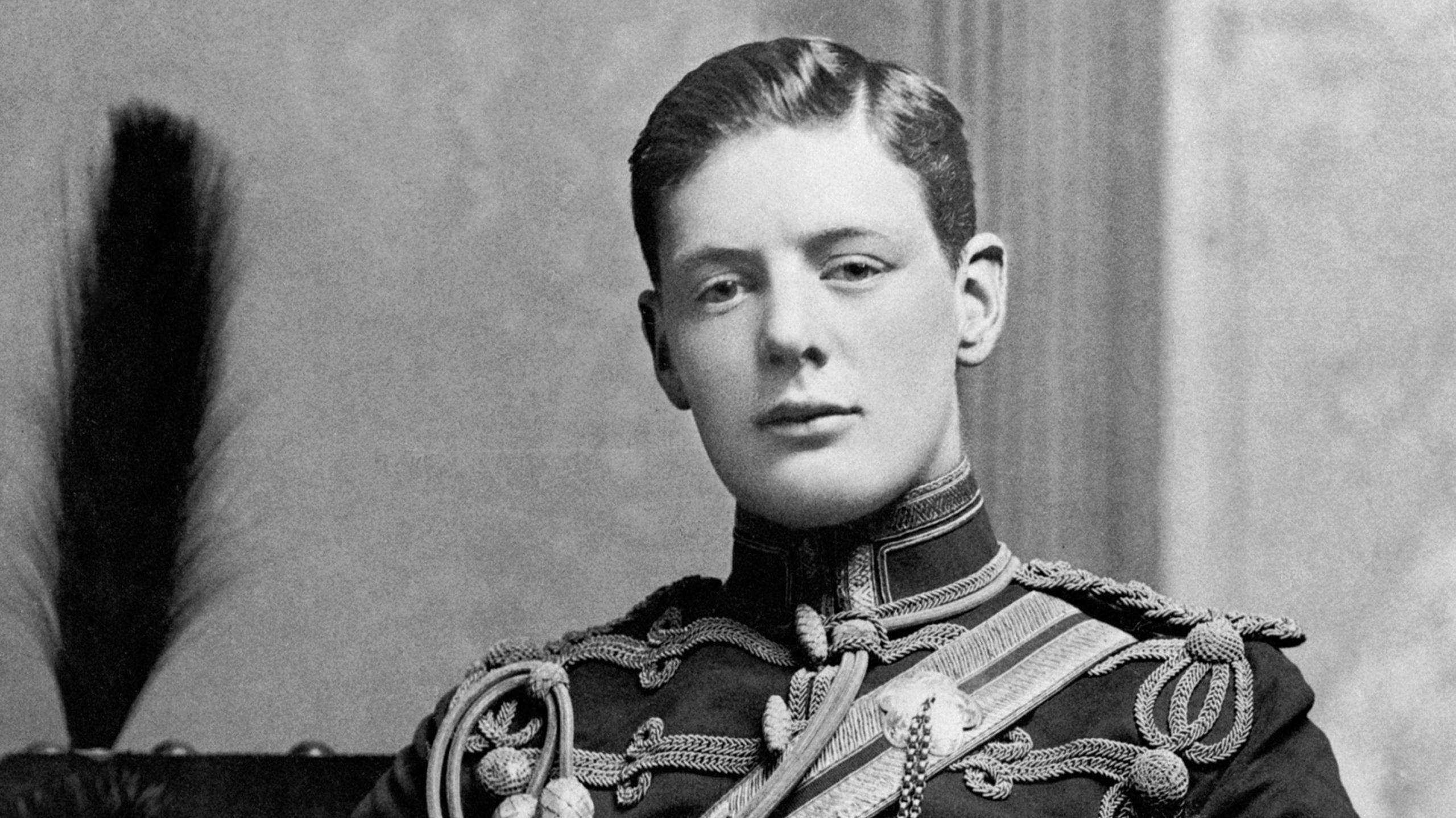
Sir Winston spent his early years in the military
Winston Leonard Spencer Churchill was born on 30 November 1874 at Blenheim Palace in Oxfordshire.
Antonia Keaney, a social historian at Blenheim, said the former prime minister's connection to the palace was "deeply personal".
"As we mark 60 years since his death, we honour not only his extraordinary achievements but also the connection he felt to his ancestral home," she said.
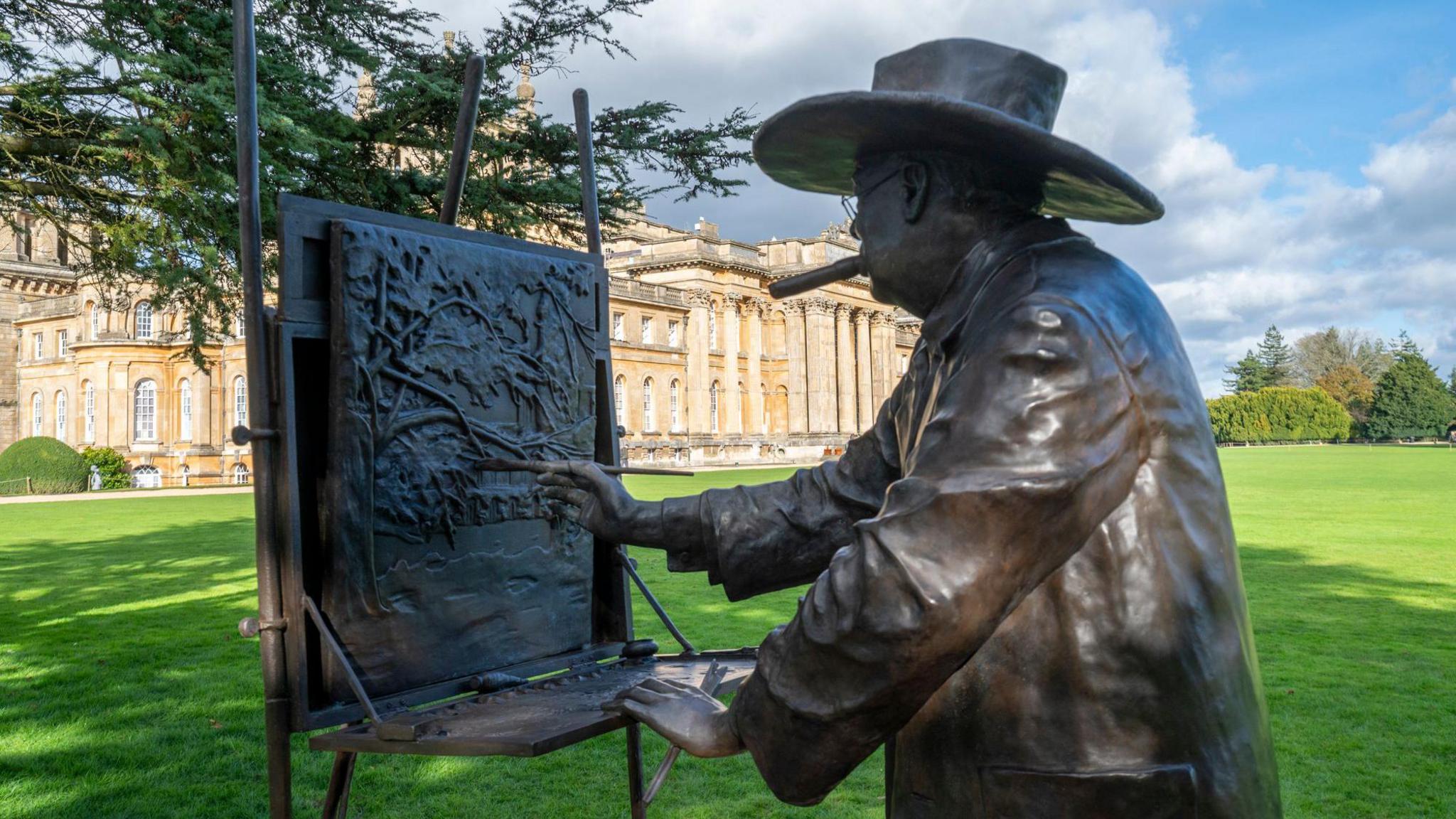
A life-size bronze statue of Sir Winston painting was unveiled at Blenheim Palace last year
The UNESCO World Heritage site unveiled a statue of Sir Winston painting in the palace's garden last year - marking 150 years since his birth.
"From his birth in the palace to the quiet moments he spent painting in the gardens, Churchill's spirit is woven into the fabric of this place," Ms Meaney added.
But the ubiquitous adoration of Churchill has made way for a more nuanced view of the wartime prime minister over the last decade or so.
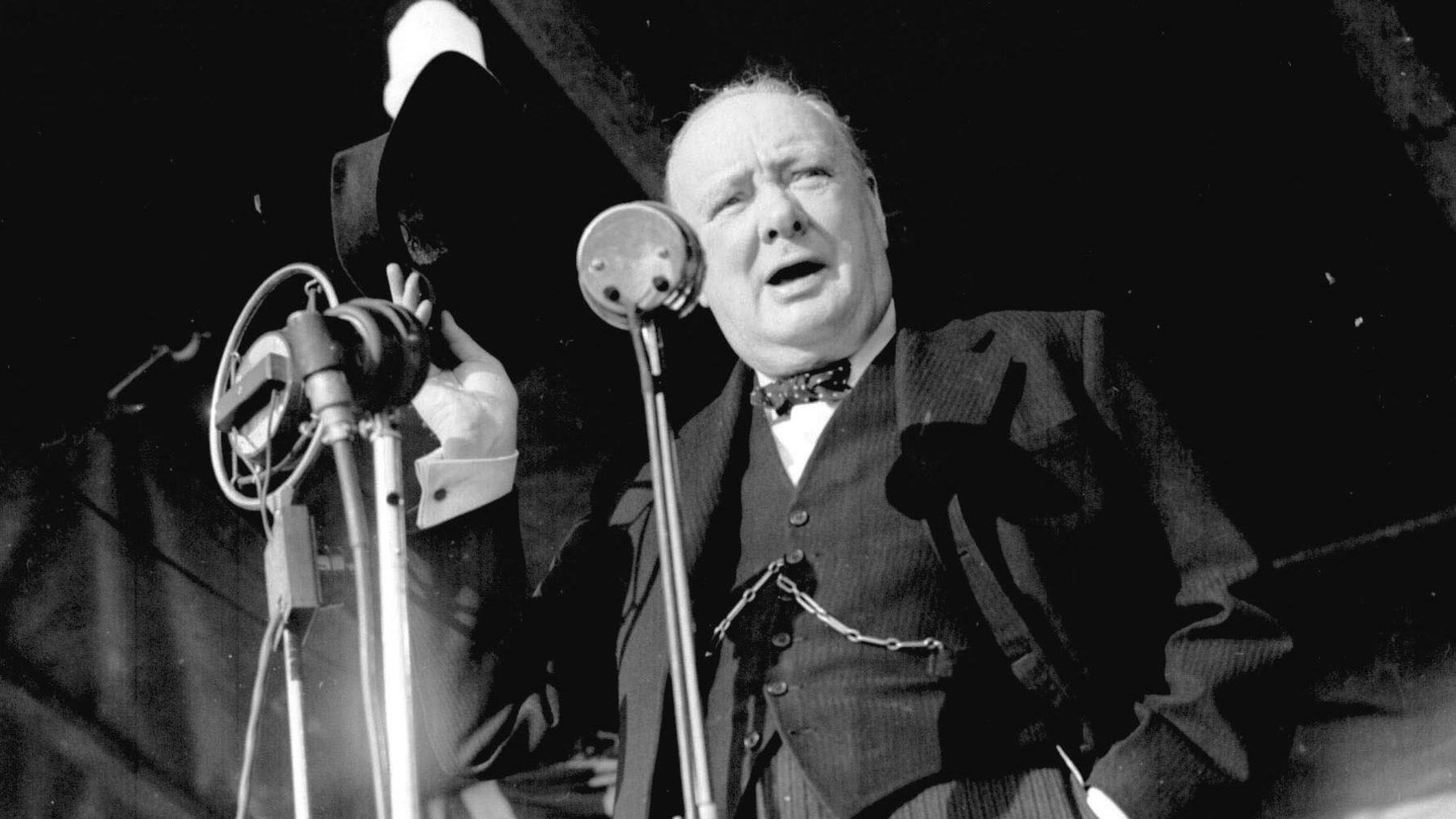
He was known for his inspirational speeches during the World War Two
Professor of global and imperial history at Oxford University, Andrew Thompson, said of all modern British politicians Sir Winston's "would seem to cast the longest shadow".
"But as with any complex and controversial character the legacy is inevitably mixed," he continued.
"Rallying his country to defeat Nazi Germany in the Second World War has to be set against his failure to take the Bengal famine seriously - millions died unnecessarily.
"Preserving the freedom of the Western world by enlisting America's support in rebuilding Europe, and helping to craft the European Convention on Human Rights, sits uncomfortably alongside a pronounced lag in coming to terms with Indian independence and the loss of empire."
Who was Sir Winston Churchill?
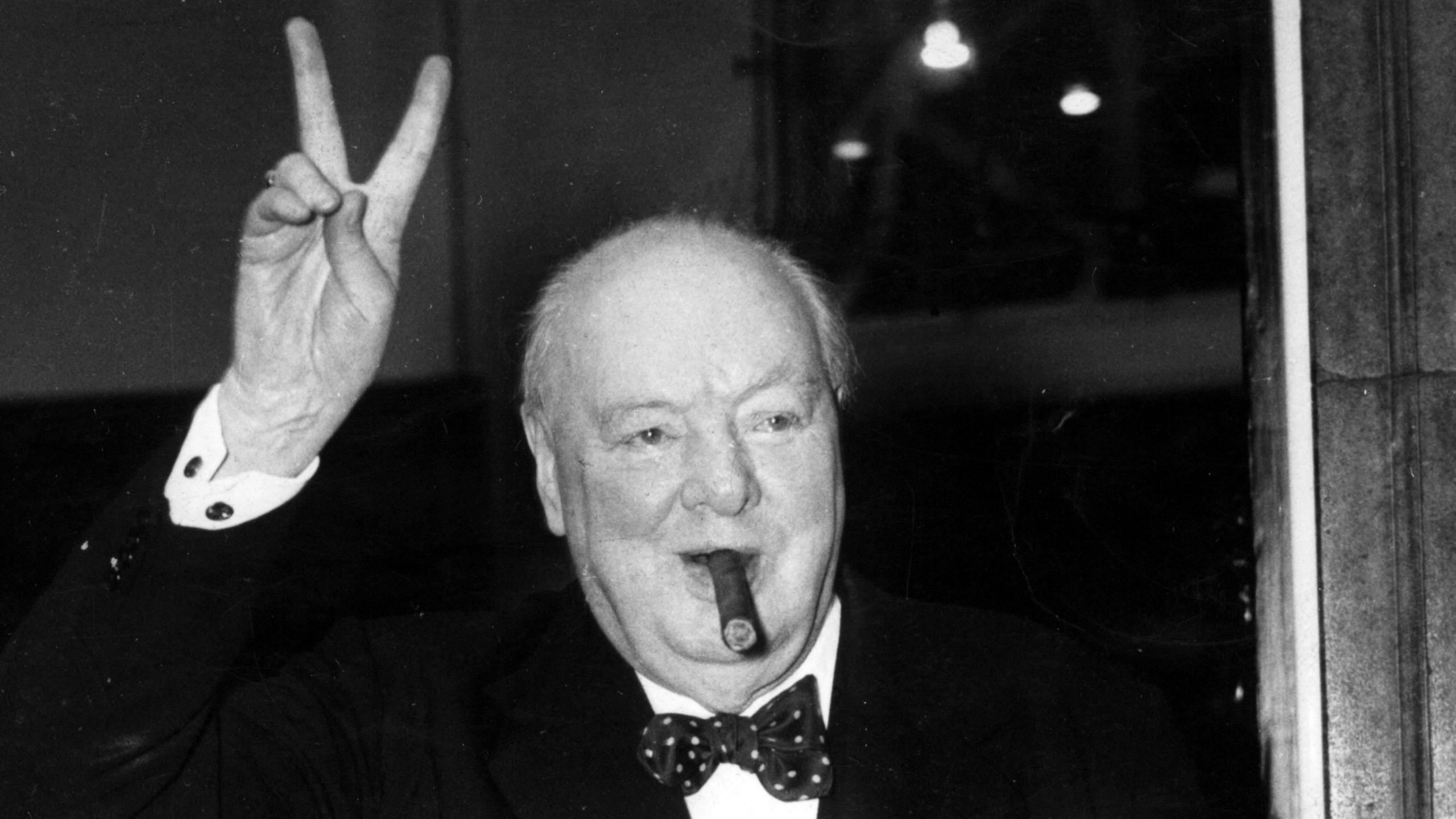
Sir Winston became synonymous with his "V for Victory" sign
Born 30 November 1874 at Blenheim Palace in Oxfordshire
Became a Conservative MP in 1900 but defected to the Liberal Party where he served in the cabinet until the disastrous Gallipoli campaign in the early part of World War One
Served on the Western Front for a time before re-joining government from 1917-1929
Opposition to Indian self-rule, warnings about the rise of the Nazis and support for Edward VIII left Churchill politically isolated during 1930s
After World War Two broke out, he replaced Neville Chamberlain as prime minister, where his reputation as inspirational wartime leader was cemented
Lost power at the 1945 General Election but was returned to Downing Street in 1951, and continued as prime minister until 1955
In his near 70-year career, faced controversy and criticism around his views on race, his approach during the 1943 Bengal Famine, the Irish War of Independence, and for his reputation as being anti-union
Died 24 January 1965 and was given a state funeral
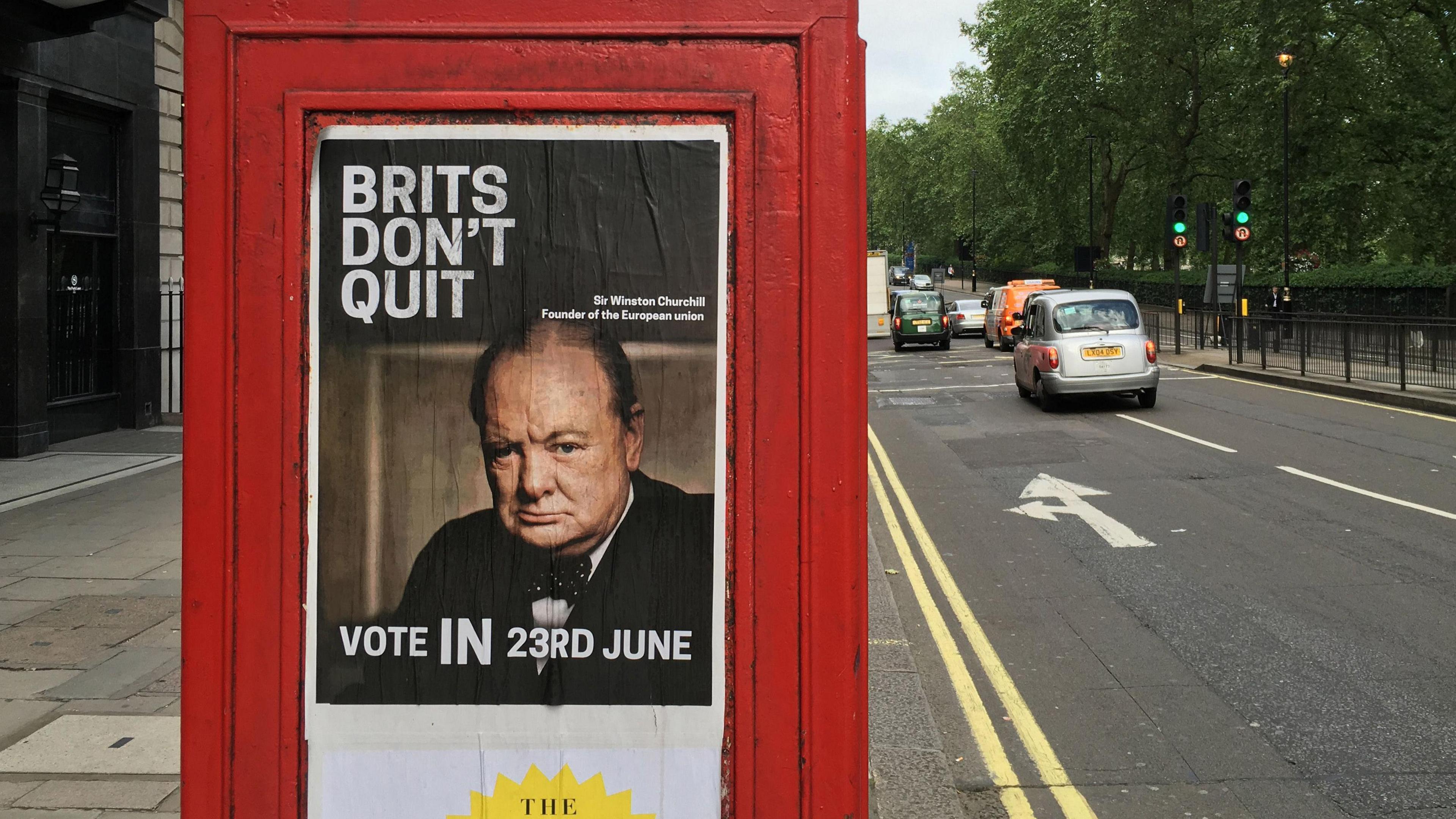
Both sides of the Brexit debate attempted to invoke the spirit of Churchill
The past decade has seen Sir Winston regularly invoked and debated on topics ranging from race to currency.
During the 2016 Brexit referendum, both leave and remain said he would have supported their side were he still alive.
In the same year as the debate on European Union membership, Sir Winston was immortalised in a way that only a handful of commoners ever have been - his face was put on the new plastic £5 note.

Protesters vandalised a statue of Sir Winston in 2020
Then in 2020, Britain faced a new threat from the Covid-19 pandemic - which returned the country to an almost wartime-like state for the first time since the 1940s.
The spirit of Sir Winston was inferred by many, including Queen Elizabeth II, who urged Britons to adopt the same discipline and resolve that people had shown during World War Two.
Yet that summer, as the nation emerged from its first lockdown, a statue of Sir Winston in Parliament Square was vandalised by Black Lives Matter protesters - who added "was a racist" under the former prime minister's name.
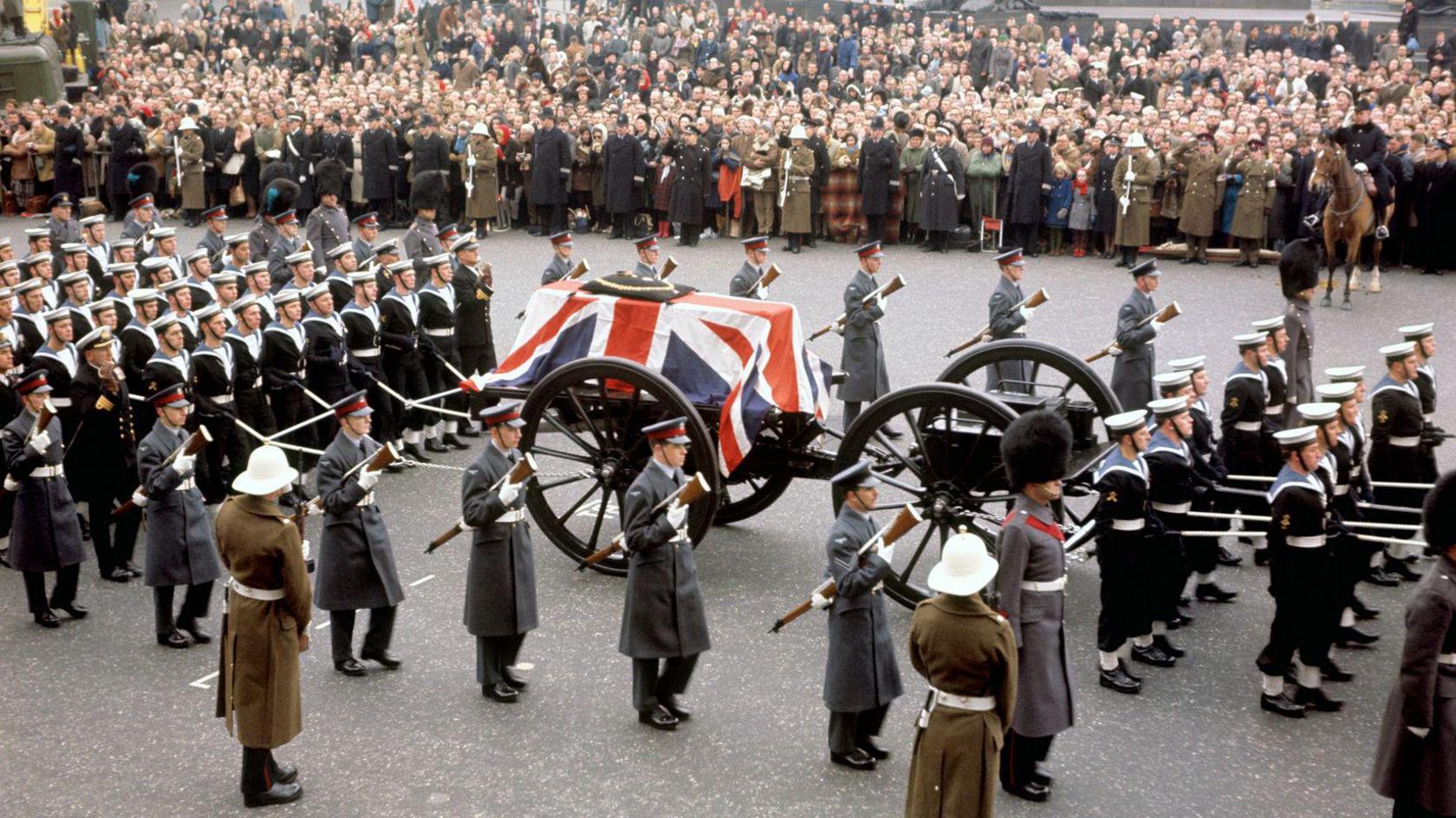
About 350 million viewers, a tenth of the world's population, watched the state funeral of Sir Winston
Paying tribute to his predecessor, in a statement to the BBC, Prime Minister Sir Keir Starmer said: "Sir Winston Churchill remains one of this country's greatest ever prime ministers, and his leadership through World War Two was vital in securing the freedom we enjoy today.
"His commitment to the service of this great country, his unwavering willpower through the darkest of times, and the way he constantly strived for a better future, is an example to us all and I pay tribute to his legacy."
Prof Thompson said Sir Winston was still "one of the most talked about figures in British history, even if the national conversation about him is now more complicated than it used to be".
His body is buried at St Martin's Church in Bladon, Oxfordshire, close to his family's ancestral seat.
Get in touch
Do you have a story BBC Oxfordshire should cover?
You can follow BBC Oxfordshire on Facebook, external, X (Twitter), external, or Instagram, external.
Related topics
- Published17 May 2024
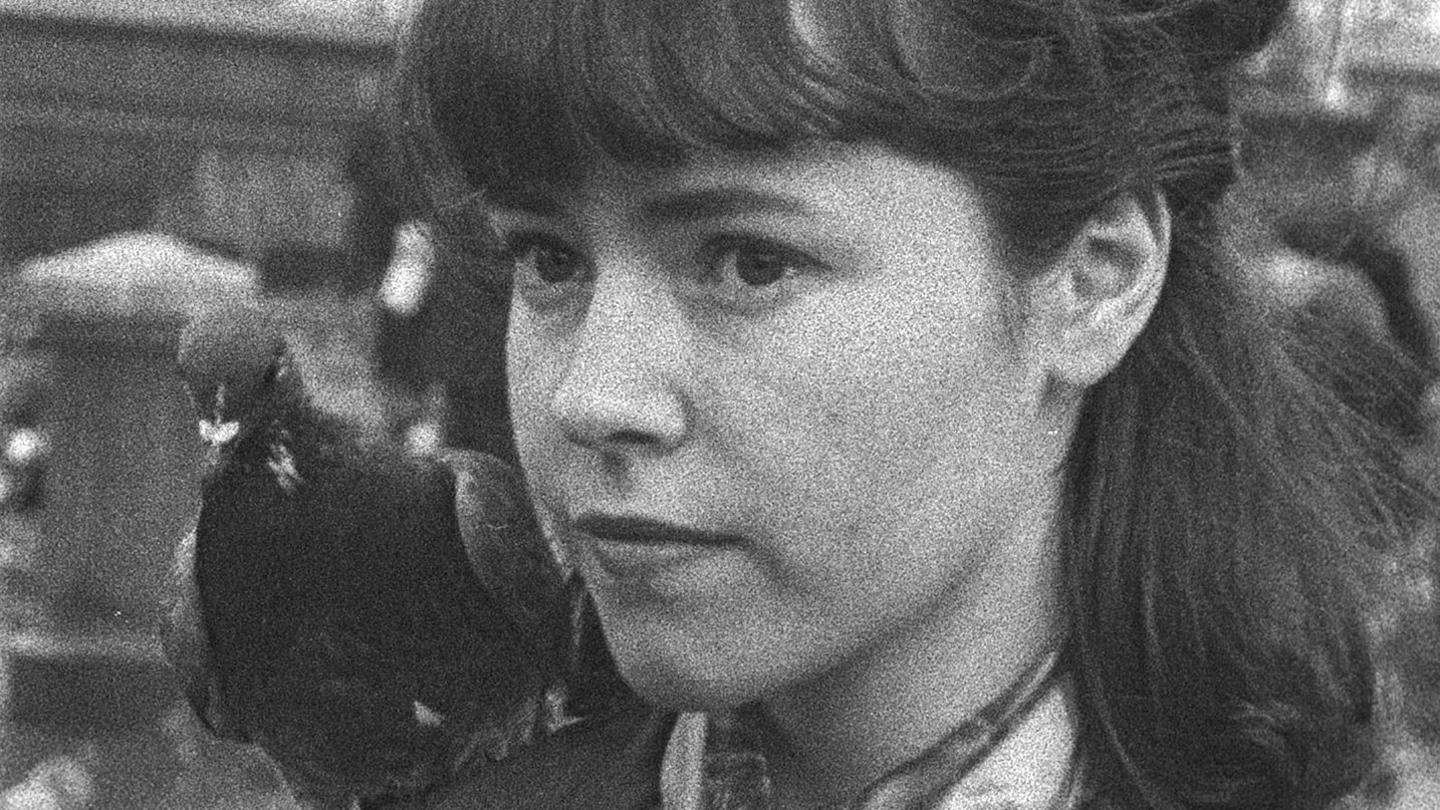
- Published26 January 2015
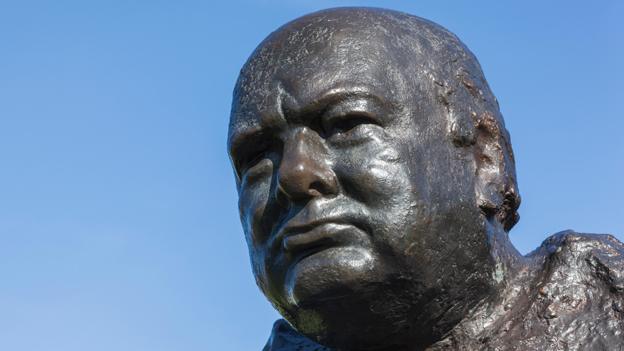
- Published8 May 2020
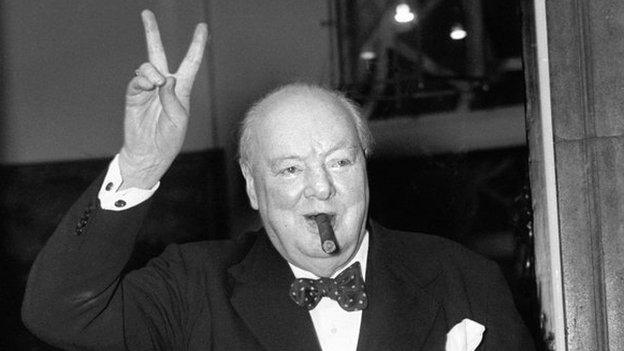
- Published21 July 2020
